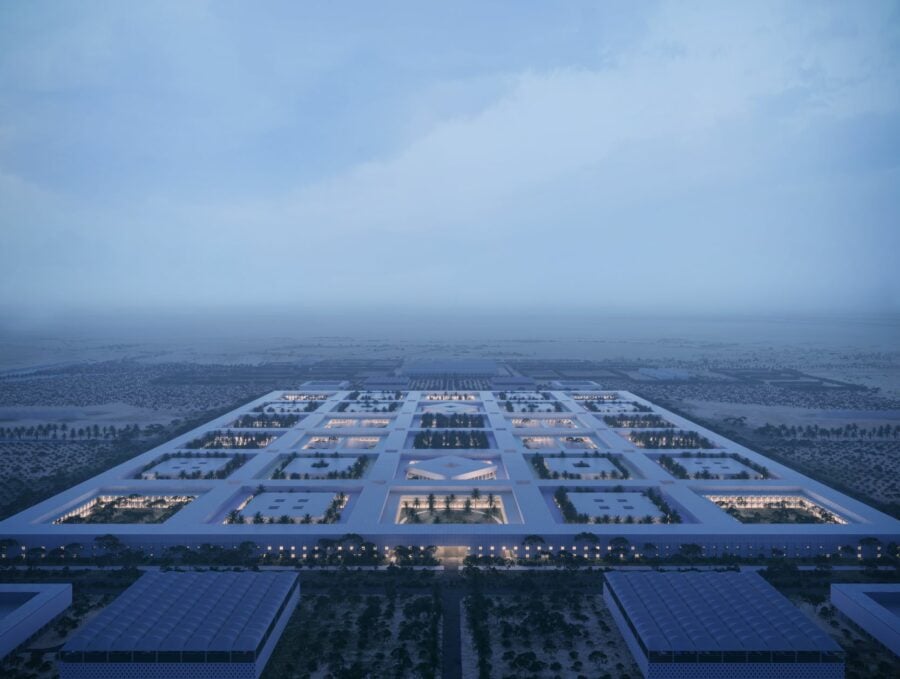No one can predict the future, but it can at least be glimpsed in Al Daayan Health District, a two-story hospital concept that will be realized in Doha, Qatar.
Led by architecture firms OMA and Buro Happold, the team seeks to reimagine the hospital, a feat that is an urgent priority in the context of rapidly advancing medical innovation.
Located on an untouched, 1.3 million square-meter site between Qatar University and the new Lusail City, the Al Daayan Health District presents the perfect opportunity — the architects note that it offers the possibility for a new symbiosis between architecture and medical science.
The project will have a total capacity of 1,200 beds, all joined into a single structure.
Clinical facilities occupy the first floor while bed wards are located on the ground floor, reducing the dependency on elevators and allowing patients to enjoy the complex’s generous gardens.
Also, the new plan will feature healing spaces with a long history in Islamic medical architecture.
OMA’s Doha health district will be made up of cross-shaped modular units that can be reconfigured and expanded without affecting ongoing processes to respond to rapidly advancing medical innovations.
These modules can be reconfigured and expanded with minimal disruption to ongoing processes, significantly lowering the cost of future adaptations.
3D printing allows for endless variations in the design of the facades, reintroducing ornament to the hospital — a type of architecture usually characterized by austerity.
A high-tech farm supplies food and medicinal plants for the local production of medicine.
A dedicated logistics center and solar farm enable the district to function autonomously.








